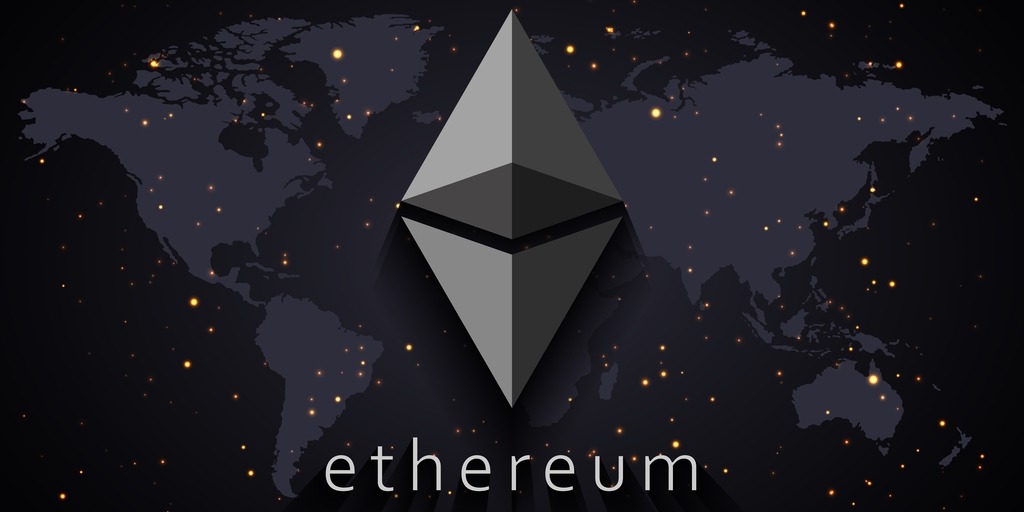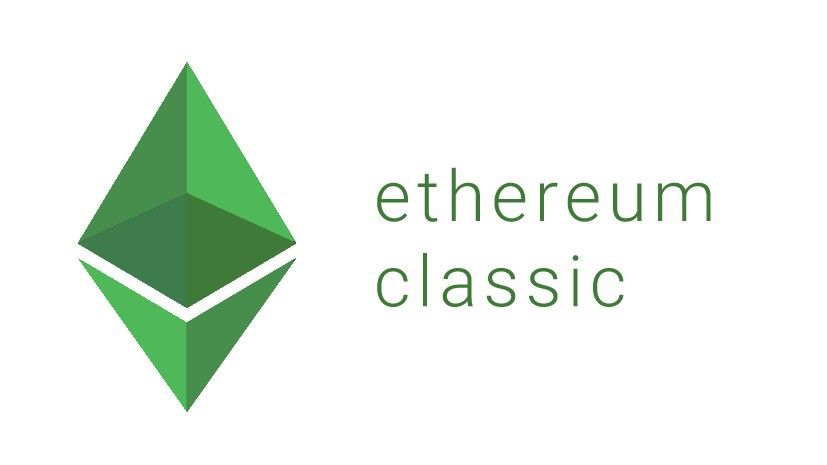Ethereum 2.0 The Evolution of a Blockchain Giant: Scalability And Sustainability
Ethereum, one of the most prominent blockchain platforms, is undergoing a significant transformation with the advent of Ethereum 2.0. This upgrade marks a pivotal moment in the evolution of Ethereum, as it transitions from a proof-of-work (PoW) to a proof-of-stake (PoS) consensus mechanism. In this article, we will provide an overview of Ethereum 2.0, delve into its benefits, such as increased scalability and energy efficiency, and discuss its significance in shaping the future of blockchain technology.
The Need for Ethereum 2.0
Ethereum, the second-largest cryptocurrency platform, has played a pivotal role in the growth of decentralized applications (dApps) and the adoption of blockchain technology. However, as Ethereum gained popularity, it also encountered challenges related to scalability, high transaction fees, and energy consumption. In response, the Ethereum community embarked on a transformative journey with Ethereum 2.0. In this article, we will explore the pressing need for Ethereum 2.0, highlighting its potential to address scalability and sustainability concerns that have hindered the platform’s growth.
- Scalability Challenges: The surge in dApp usage and the rapid growth of decentralized finance (DeFi) applications strained Ethereum’s capacity to handle a large number of transactions. The existing proof-of-work (PoW) consensus mechanism, while secure, has limited scalability. The block size and block time limitations resulted in network congestion, slower transaction processing, and exorbitant gas fees. Ethereum 2.0 aims to resolve these issues through its shift to a proof-of-stake (PoS) consensus mechanism and the implementation of shard chains.
- The Transition to Proof-of-Stake: Ethereum 2.0 marks a significant transition from PoW to PoS, wherein validators are selected to create new blocks based on the number of cryptocurrency tokens they hold and are willing to “stake” as collateral. This shift eliminates the energy-intensive mining process and replaces it with a more efficient and environmentally friendly validation mechanism. By reducing the computational requirements, Ethereum 2.0 significantly enhances the scalability potential of the network.
- Enhanced Scalability with Shard Chains: One of the core innovations of Ethereum 2.0 is the introduction of shard chains. These shard chains enable parallel processing of transactions and data, significantly increasing the network’s capacity to handle a higher volume of transactions per second. This scalability enhancement allows Ethereum to support the growing demand for dApps, DeFi, and other blockchain-based applications, fostering innovation and user adoption.
- Sustainability and Energy Efficiency: The energy consumption associated with PoW-based blockchains has drawn criticism due to its environmental impact. Ethereum 2.0’s transition to PoS greatly reduces energy consumption. By eliminating energy-intensive mining operations, Ethereum becomes more energy-efficient and sustainable, aligning with global efforts to combat climate change. This move not only improves the platform’s ecological footprint but also positions Ethereum as a leader in environmentally conscious blockchain technology.
- The Long-Term Viability of Ethereum: The need for Ethereum 2.0 is crucial for the long-term viability and growth of the Ethereum ecosystem. Without addressing scalability challenges and reducing energy consumption, Ethereum’s potential for mass adoption and mainstream usage would be hindered. Ethereum 2.0 ensures that the platform can continue to serve as a robust infrastructure for decentralized applications, enabling secure and efficient transactions at scale.
🚀 Scalability is key! The visionaries explored Ethereum 2.0 with sharding and layer-2 solutions like rollups. They stressed the need for continuous innovation to keep Ethereum accessible and affordable for users. 🔝 pic.twitter.com/572D6LTGOd
— DAOstruct (@DAOstructXYZ) April 13, 2023
Benefits of Ethereum 2.0
- Enhanced Scalability: Ethereum 2.0 introduces shard chains, which enable parallel processing of transactions and data. This multi-chain architecture significantly improves scalability, allowing the network to handle a much higher volume of transactions per second.
- Improved Security and Resilience: The PoS consensus mechanism in Ethereum 2.0 enhances the security of the network. Validators have a financial stake in the system, incentivizing them to act honestly. Additionally, the shard chains enhance network resilience by distributing data across multiple chains, reducing the impact of a single point of failure.
- Reduced Energy Consumption: Ethereum’s shift to PoS drastically reduces its energy consumption compared to PoW. By eliminating energy-intensive mining processes, Ethereum becomes more environmentally friendly and sustainable, aligning with global efforts to combat climate change.
- Participation for All: Ethereum 2.0 introduces a lower entry barrier for participation in the network as validators. Users can join as validators with as little as 32 ETH, fostering a more decentralized network and empowering a wider range of participants.
Significance for the Future of Blockchain Technology: Ethereum 2.0’s upgrade holds tremendous significance for the future of blockchain technology. It sets a precedent for other blockchain platforms to consider more sustainable and scalable consensus mechanisms. Ethereum’s large and diverse developer community, along with its established network effect, positions it as a leading force in shaping the future of decentralized applications (dApps), decentralized finance (DeFi), and other emerging sectors.
Also, read – How Should We Operate With The Ethereum 2.0 network?
Conclusion
Ethereum 2.0 represents a major milestone in the evolution of Ethereum and the broader blockchain ecosystem. With its transition to a PoS consensus mechanism, Ethereum 2.0 addresses scalability challenges, improves energy efficiency, and enhances network security. The upgrade not only benefits the Ethereum community but also sets a precedent for the wider blockchain industry to prioritize sustainability and scalability. Ethereum 2.0’s significance lies not only in its technical advancements but also in its potential to shape the future of blockchain technology, fostering a more scalable, efficient, and inclusive decentralized ecosystem.
The development and implementation of Ethereum 2.0 are driven by the pressing need to overcome scalability and sustainability challenges. By transitioning to a PoS consensus mechanism, introducing shard chains, and enhancing energy efficiency, Ethereum 2.0 aims to unlock the platform’s full potential. This upgrade is not only vital for the Ethereum ecosystem but also for the broader blockchain industry, as it sets new standards for scalability, sustainability, and user experience. Ethereum 2.0 represents a significant milestone in the journey toward a more scalable, efficient, and environmentally friendly blockchain future.
Stay informed with daily updates from Blockchain Magazine on Google News. Click here to follow us and mark as favorite: [Blockchain Magazine on Google News].
Get Blockchain Insights In Inbox
Stay ahead of the curve with expert analysis and market updates.
latest from tech
Disclaimer: Any post shared by a third-party agency are sponsored and Blockchain Magazine has no views on any such posts. The views and opinions expressed in this post are those of the clients and do not necessarily reflect the official policy or position of Blockchain Magazine. The information provided in this post is for informational purposes only and should not be considered as financial, investment, or professional advice. Blockchain Magazine does not endorse or promote any specific products, services, or companies mentioned in this posts. Readers are encouraged to conduct their own research and consult with a qualified professional before making any financial decisions. The featured image used is just a creative depiction of the title and it does not intend to hurt sentiments of any person or institution. If it hurts anyone sentiments, please do not hesitate to reach out to Blockchain Magazine.

 Bitcoin
Bitcoin  Ethereum
Ethereum  XRP
XRP  Tether
Tether  Solana
Solana  Dogecoin
Dogecoin  USDC
USDC  Cardano
Cardano  Lido Staked Ether
Lido Staked Ether  TRON
TRON  Chainlink
Chainlink  Avalanche
Avalanche  Sui
Sui  Wrapped stETH
Wrapped stETH  Wrapped Bitcoin
Wrapped Bitcoin  Stellar
Stellar  Toncoin
Toncoin  Hedera
Hedera  Shiba Inu
Shiba Inu  Polkadot
Polkadot  WETH
WETH  LEO Token
LEO Token  Bitcoin Cash
Bitcoin Cash  Litecoin
Litecoin  Hyperliquid
Hyperliquid  Bitget Token
Bitget Token  Official Trump
Official Trump  Uniswap
Uniswap  Pepe
Pepe  Wrapped eETH
Wrapped eETH  USDS
USDS  NEAR Protocol
NEAR Protocol  Ethena USDe
Ethena USDe  Aave
Aave  Aptos
Aptos  Internet Computer
Internet Computer  Ondo
Ondo  WhiteBIT Coin
WhiteBIT Coin  Ethereum Classic
Ethereum Classic  Cronos
Cronos  Monero
Monero  Mantle
Mantle  POL (ex-MATIC)
POL (ex-MATIC)  Render
Render  Algorand
Algorand  Dai
Dai  Bittensor
Bittensor  Artificial Superintelligence Alliance
Artificial Superintelligence Alliance 




